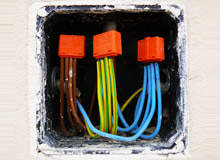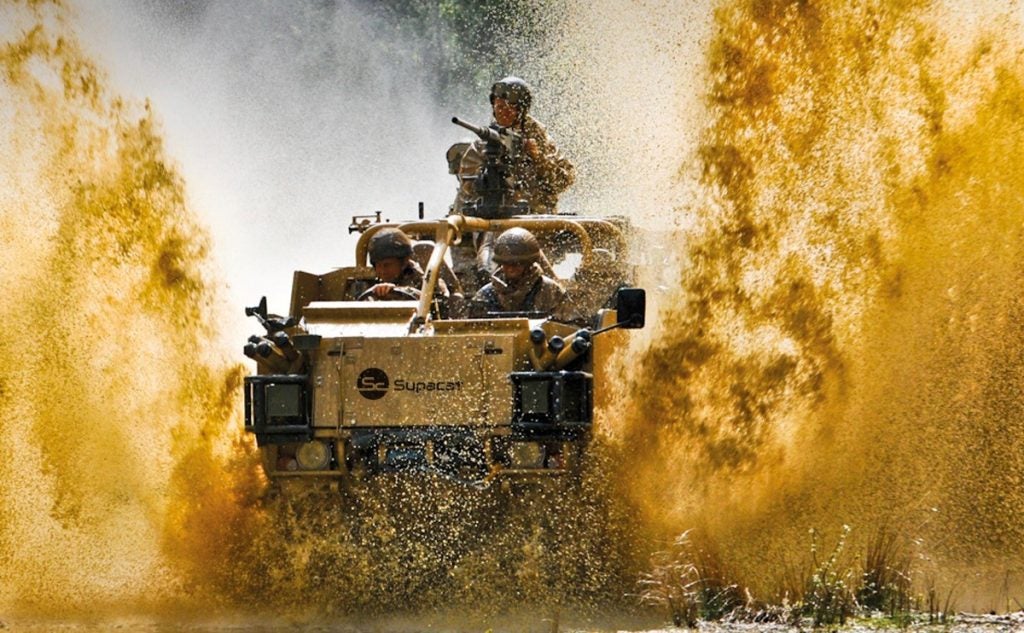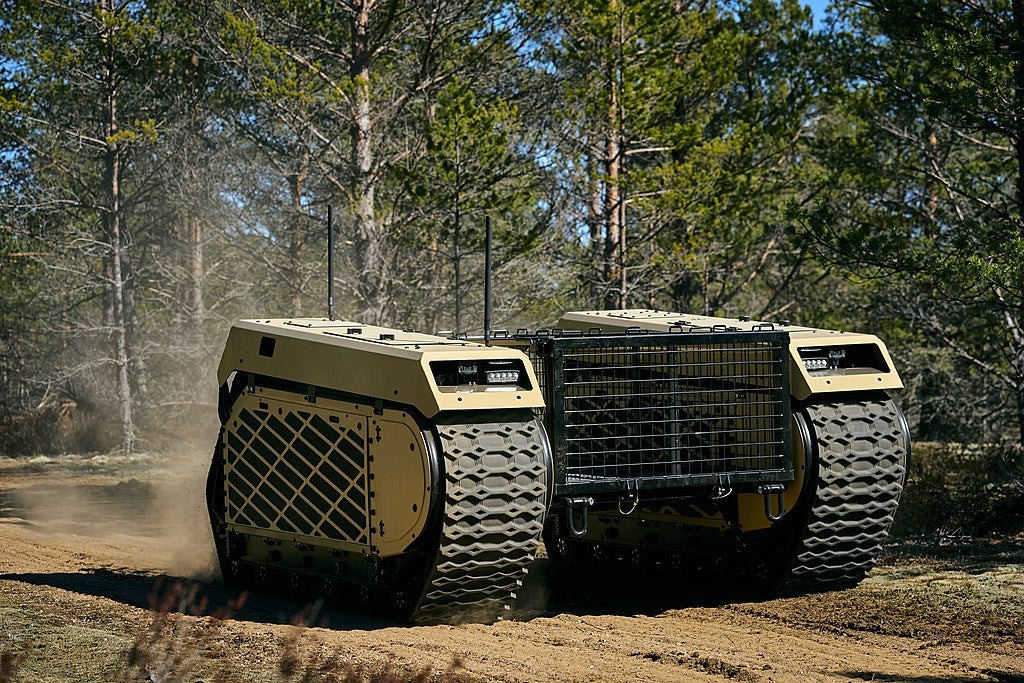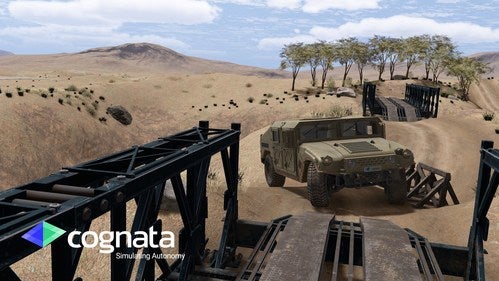
Martin Abbott has the unenviable job of being head of the MoD’s UNICOM – one of the Army’s largest computer systems, supporting 12,500 users in over 450 Army Units worldwide.
UNICOM handles the army’s front-line stores and equipment application; the Royal Electrical and Mechanical Engineers (REME) engineering support application; the Army’s IMPREST accounting package and a UNICOM User Productivity Kit. The problem, however, was that the original system dated back to 1994 and was in desperate need of modernisation.
The first steps to modernise the system were taken back in 2005, when the team behind UNICOM modernised it from character-based technology to more modern graphical user interfaces (GUIs).
But by 2006 it was realised that the distributed fleet of servers, terminals and software was becoming a high-maintenance solution.
Abbott says that it took two years to deliver a GUI front-end. “Although we had to stay character-based in some areas because of the Unix servers we had in deployment. But the GUI-based system was still incredibly complex to maintain, with 450 database servers around the world.”
See Also:
Abbott and his team built a business case to develop a centralised solution for UNICOM. “I thought, this is incredibly complex to manage as a distributed system, so what’s to stop me taking it to a centralised system,” Abbott says. “It took us two years to build, but we delivered it on time and under budget.”
How well do you really know your competitors?
Access the most comprehensive Company Profiles on the market, powered by GlobalData. Save hours of research. Gain competitive edge.

Thank you!
Your download email will arrive shortly
Not ready to buy yet? Download a free sample
We are confident about the unique quality of our Company Profiles. However, we want you to make the most beneficial decision for your business, so we offer a free sample that you can download by submitting the below form
By GlobalDataAbbott started the migration to the new centralised system in August 2008. With existing relationships with Oracle on the database and middleware side and IBM on the hardware side, he chose to stay with those providers for this new implementation.
Abbott also continued to use Steria as the systems integration and consulting partner.
Crucially, he chose to keep the majority of the work in-house rather than turn to an outsourcer. “With outsourcing you can lose control,” he says. “I kept it in-house, because I wanted a dedicated team with the will to do it and deliver it.”
Inside the system
The new system is made up of two server stacks – one primary and one secondary for disaster recovery. The servers are 100m apart and are linked by multiple dedicated fibres taking two distinct and separate routes. Content Service Switches connect the system to the users, which distribute the load between the available servers, and copes with potential server failures.
There is an array of identical Oracle Application Servers that deliver the application functionality, and likewise an array of Oracle database servers, running Oracle Real Application Cluster (RAC), connected by a dedicated pair of 1Gb networks.
The Cluster Database Manager monitors each database in the RAC to enable automatic database restart should database failure occur. The database is set up as 450 virtual database partitions representing each individual Army Unit.
Two storage area networks (SANs) offer local resilience, thanks to physical disk mirroring. Additional mirroring from one SAN to another is performed by Oracle Application Server Manager, to keep the data safe in the event of the loss of one of the suites. Finally the systems and nodes are monitored by the Oracle Enterprise Manager Grid Control software.
“It took four years to design and build, but we came in on target and under budget,” Abbott says. The cost was put at just under £2m. “We used Serena Dimensions for configuration management – it’s a great tool. We used Microsoft Project to manage and plan the delivery because we wanted systems analysts, our four Oracle experts and a number of consultants to know where we were.”
Abbott concedes that there were considerable difficulties when the system first went live last year, predominantly due to the fact that some of the original applications were written over 14 years ago. Happily, initial teething problems have since been resolved and the system is now stable, operating and supporting its 12,500-odd users around the world.
So was the project a success overall? Absolutely, Abbott says, who explains that the centralised system had an immediate and positive impact on essential and timely data transfers from the Joint Personnel Administration System to UNICOM, as well as offering valuable consolidated management information for unit stores and equipment holdings to the Chain of Command.
“Maintenance costs are also down dramatically – we will have saved £3.12m by 2010/11 compared to 2008,” Abbott says. “We also believe this could act as a blueprint for future Tri-Service [Army, Navy and Air Force] systems.”
This article first appeared in our sister publication Computer Business Review magazine.







